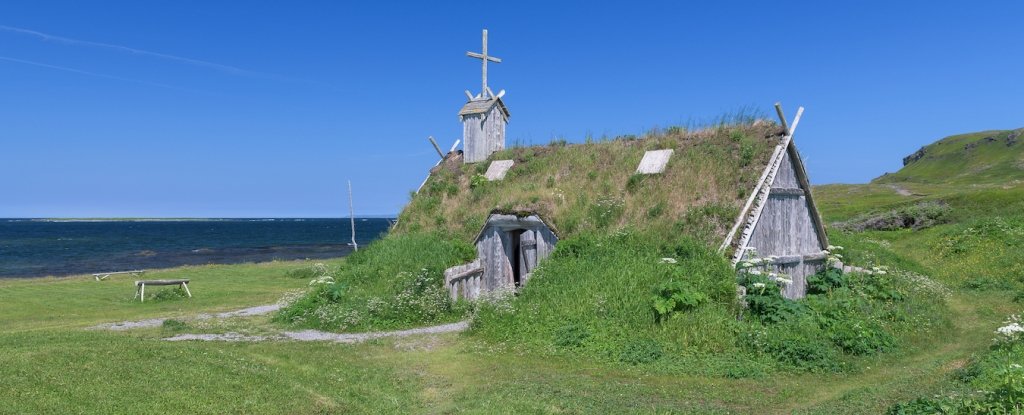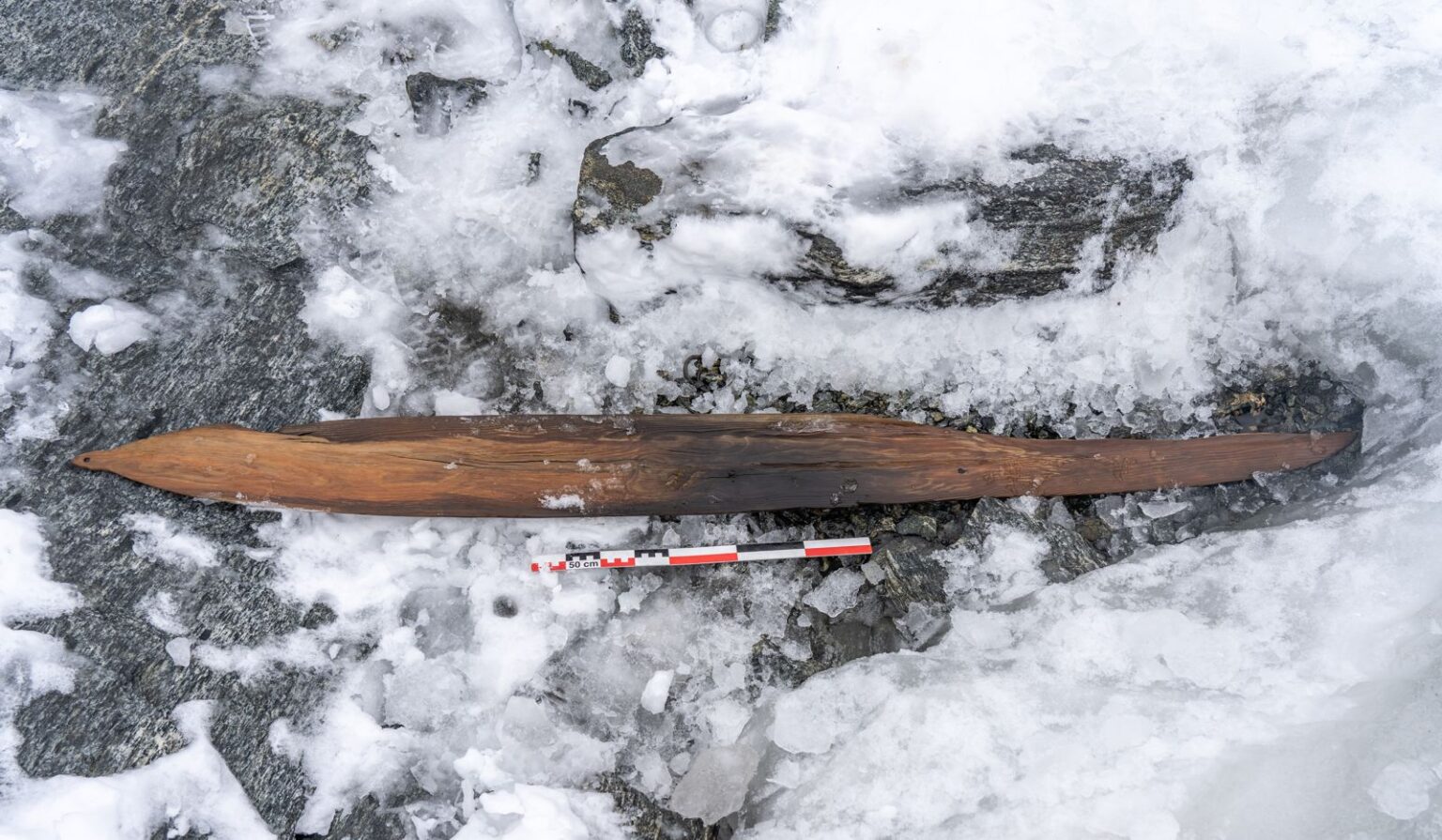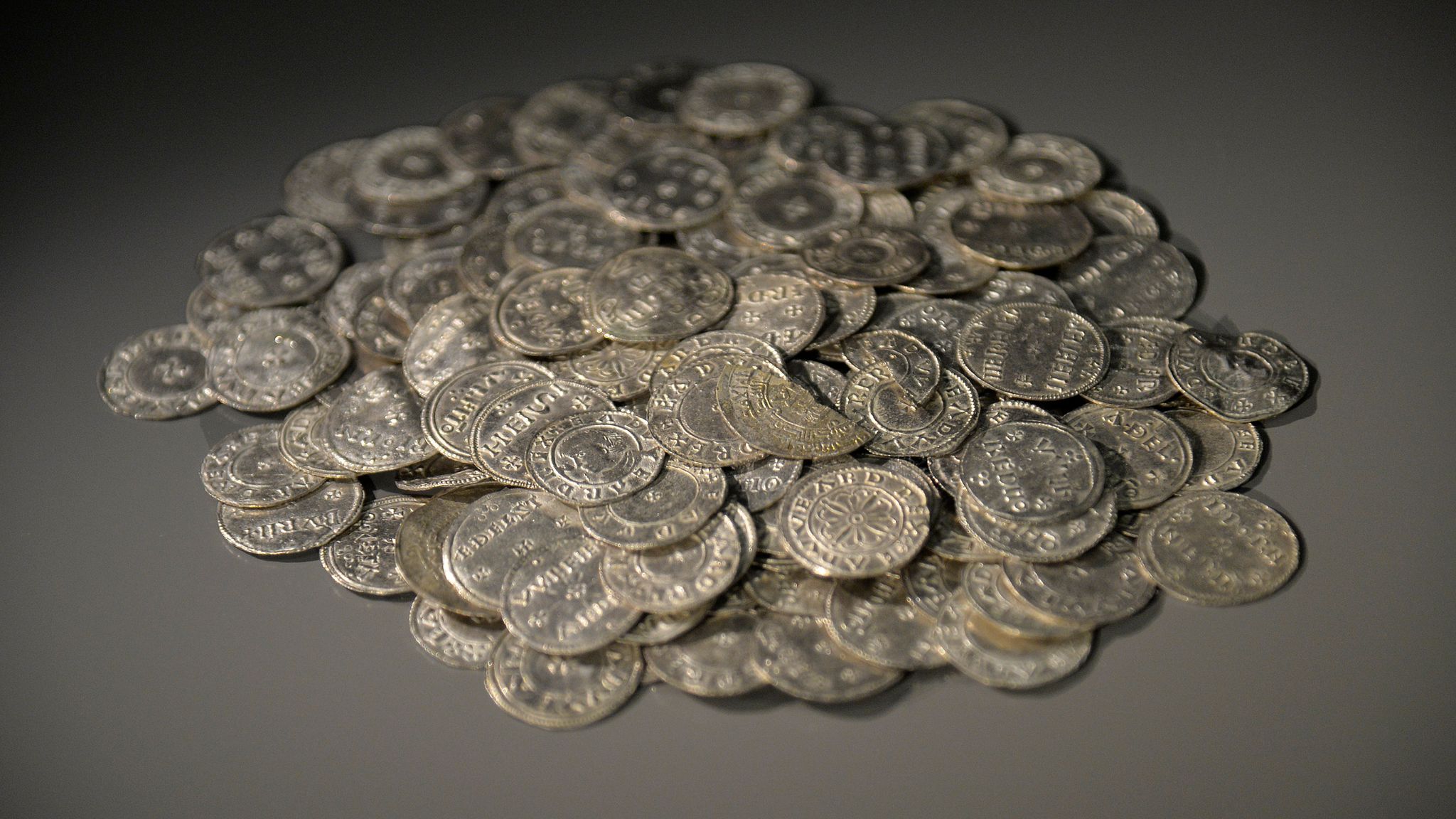
Reconstruction of a Viking building near L’Anse aux Meadows. (Glenn Nagel Photography)
New archaeological evidence has allowed scientists to refine the timeline for the Viking presence in North America.
Pieces of wood scarred with cut marks have been precisely dated to the year 1021 CE – exactly 1,000 years ago – and the metal tools that made those marks were not produced by the indigenous population, according to a team of archaeologists led by the University of Groningen in the Netherlands.
Vikings, however, did make and use metal tools, and were known to have settled at the archaeological site of L'Anse aux Meadows, where the wood was found.
This is the earliest and most accurate date yet not just for the European settlement of the Americas, but for circumnavigation of the globe, the researchers said, giving us a definitive reference point for understanding the global transference of knowledge, goods, and genetic information.
Read the rest of this article...


